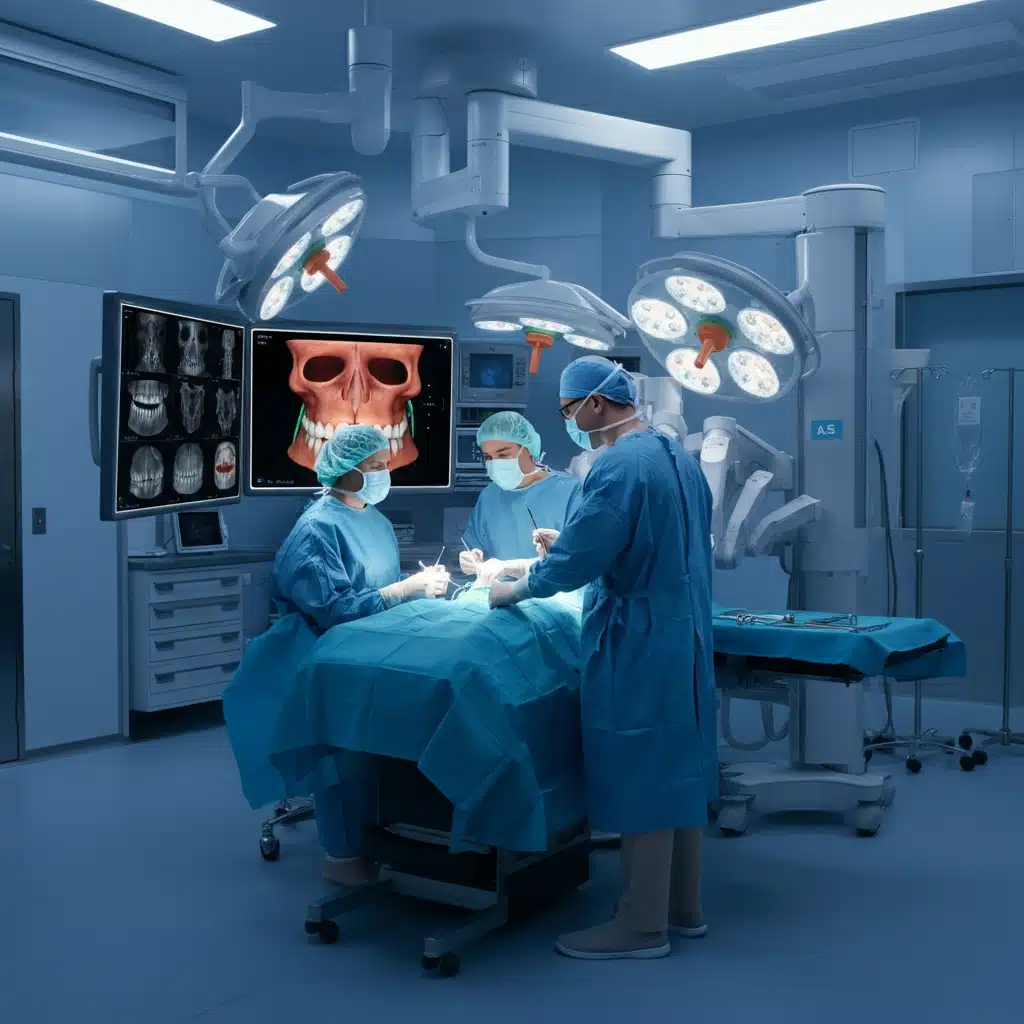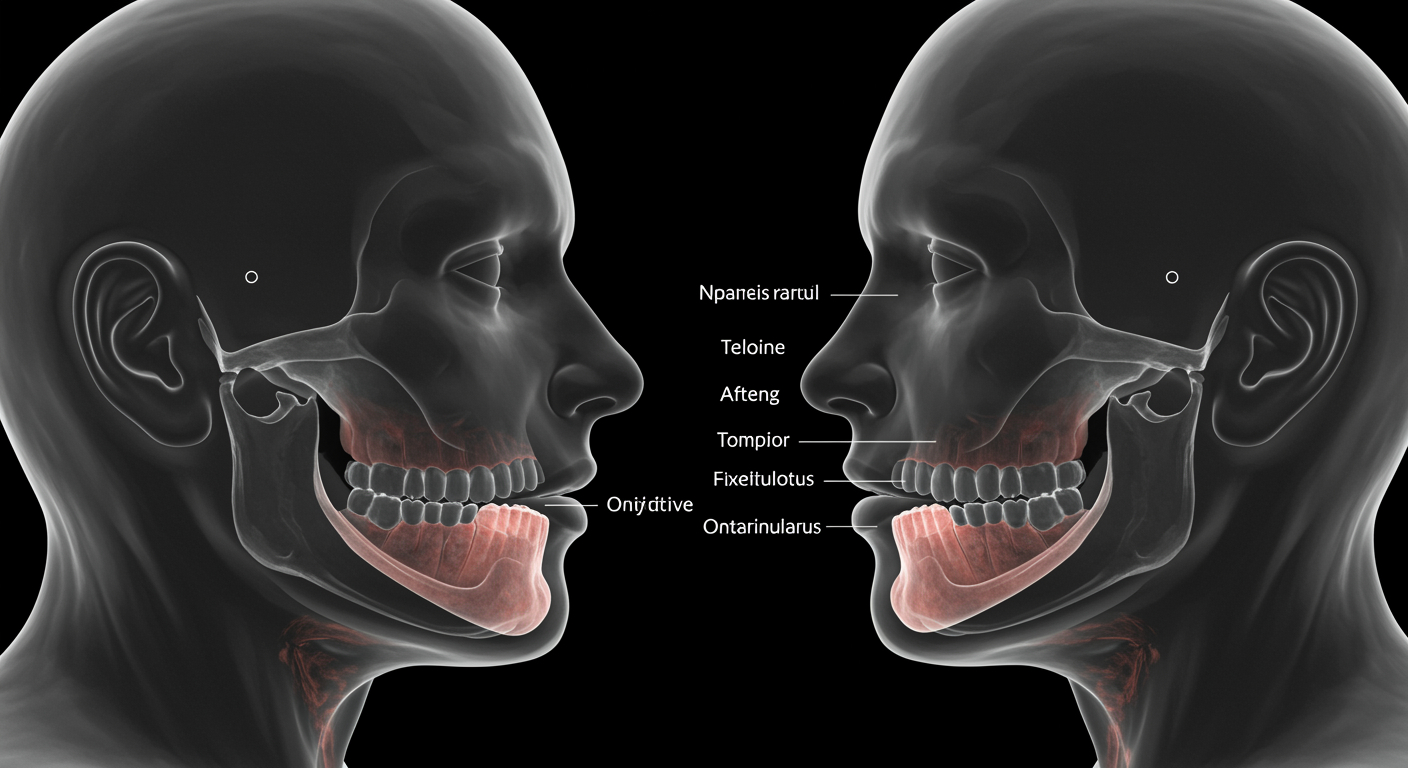Advancements in medical technology continue to redefine what’s possible in surgical care, and Computer-Assisted Surgery (CAS) is at the forefront of these innovations. Particularly in the realm of jaw surgery, CAS has emerged as a game-changing tool that empowers surgeons with better visualization, greater accuracy, and improved efficiency during complex procedures.
Enhanced Visualization
One of the most significant benefits of CAS in jaw surgery is its ability to provide surgeons with unparalleled visualization. Advanced imaging systems, such as 3D CT scans, create highly detailed, multi-dimensional models of the jaw. These images present a clear and comprehensive view of anatomical structures, including bones, tissues, and nerves.
This level of detail helps surgeons anticipate potential challenges, such as navigating around critical nerves or blood vessels, ensuring safer and more precise procedures. For instance, CAS allows for augmented reality overlays in the operating room, letting surgeons “see” critical structures in real time, even beneath the surface of the skin and bone.
Precision and Accuracy
Performing jaw surgery requires an extraordinary level of precision, as even slight deviations can affect a patient’s functionality and appearance. CAS dramatically reduces the margin of error by combining detailed pre-operative planning with intraoperative guidance.
For example, virtual surgical planning (VSP) enables surgeons to map out every step of a procedure before entering the operating room. This involves creating a 3D digital model of the patient’s jaw and simulating corrective or reconstructive steps. Surgeons can test different approaches for correcting misalignment or repairing fractures, reducing guesswork and improving predictability.
During the procedure, tools like navigation systems and robotic-assisted devices use this preoperative data to guide instruments with pinpoint accuracy. This ensures the surgical incisions and adjustments are carried out exactly as planned, minimizing deviations from the intended outcome.
Increased Efficiency
Efficiency in surgery isn’t just about saving time—it’s also about reducing complications, recovery times, and overall costs. CAS optimizes every phase of the surgical process, enabling quicker and more efficient workflows.
Take, for example, intraoperative guidance systems. These allow the surgeon to receive real-time feedback on their instrument’s location and progress by aligning it with the patient’s imaging data. Tools like these reduce the need for repeated checks and adjustments during surgery, allowing for faster and more confident decision-making.
Post-operatively, CAS systems assist in tracking patient recovery. Advanced imaging can immediately confirm the success of the procedure, identifying areas requiring further intervention before complications arise.
Applications of CAS in Jaw Surgery
CAS plays a central role in various types of jaw surgeries, including corrective jaw surgery (orthognathic surgery), fracture repair, and reconstructive procedures after trauma or tumor removal. Here are a few ways CAS is being applied across these contexts:
- Pre-Surgical Planning: Digital imaging and 3D modeling allow surgeons to pre-plan complex realignments. For instance, in orthognathic surgery, doctors can digitally position bones to achieve the ideal alignment for both function and aesthetics.
- Guided Implant Placement: When placing jaw implants, CAS ensures the correct positioning, reducing the risk of complications, such as instability or implant failure over time.
- Real-Time Adaptation: During trauma surgery, CAS systems allow for real-time adjustments to surgical plans if unexpected anatomical changes or challenges arise.
- Monitoring Bone Healing: Advanced CAS tools evaluate post-surgical healing, ensuring fractures or reconstructed areas are mending as intended.
A Better Future for Patients and Surgeons
By streamlining complex procedures, improving outcomes, and enhancing patient safety, CAS is making jaw surgery less daunting for both patients and surgical teams. Patients benefit from shorter recovery times, reduced risks, and more predictable results. Surgeons can operate with greater confidence, knowing they have powerful technology to supplement their skills.
As CAS technology continues to evolve, it is poised to unlock even more possibilities in jaw surgery and beyond. From faster procedures to entirely new approaches, the integration of computer-assisted systems marks a significant leap forward in medical care.
Whether you’re a healthcare professional or simply intrigued by the ways technology is transforming medicine, the rise of CAS is something worth following closely.





